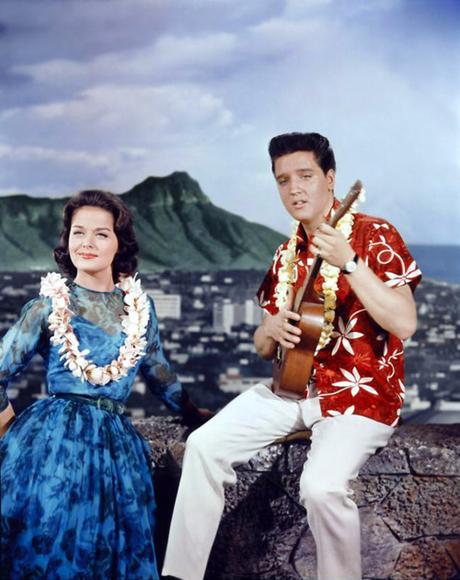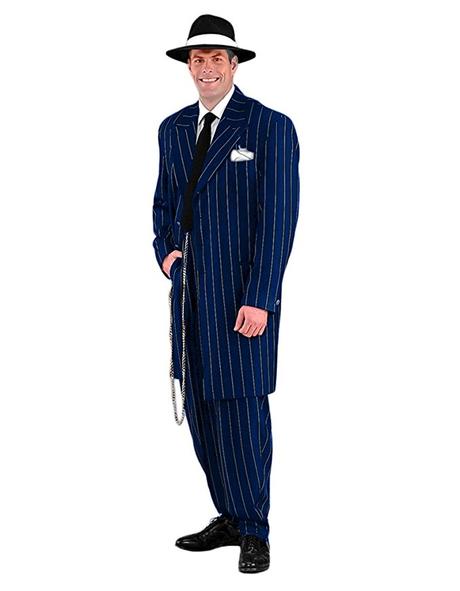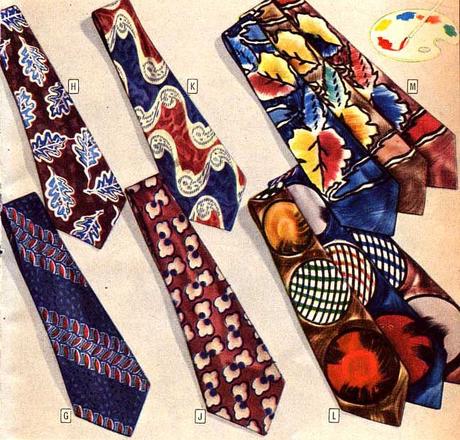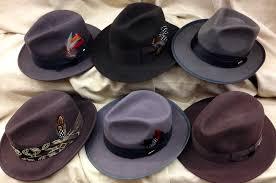Let's face it. The 1930s fashion was a hard act to follow, but the 1940s is still a brilliant decade when it comes to style. The 1940s men's fashion was heralded as the last decade of elegance. It signalled a dramatic shift in men's clothing.
It was during this era when practical styles began. Clothes were simpler to conserve material. But once the war ended, men became more daring and experimental with their fashion choices. Extravagant clothing rose into popularity once again. It signalled the end of fabric rationing.
Despite the hardships of WWII, there were still some flamboyant styles by the end of the decade. Once the war was over, men were able to cut loose. This is especially true in terms of fashion. They were in a celebratory mood due to their victory, and it was reflected on the clothes they wear. They went on to experiment with style and color as never before. The result was tailored, stylish, and fabulous clothing.
If you're interested to know what men wore during the 1940s, then we urge you to read on. In this blog post, we'll walk you through 1940s men's fashion and see how it differs from the style reflected in other decades.
Shirts

Image Source: www.rokitvintage.blogspot.com
Most dress shirts were made from cotton, with a large, pointed collar attached to them. During this era, dress shirts were the most versatile option. They would wear the dress shirt with suits or by itself with a pair of slacks. Dress shirts were worn tucked in. White and blue were the popular colors for formal and office wear.
After the hardships of the war, strict dress codes became impossible to implement. Men were tired of wearing confining suits and scratchy uniforms. They were finally free to experiment with their clohting, especially in terms of cut, style, and color. Post war casualness opened the flood gates for men's sportswear, as well as Hawaiian-style shirts.
For a more casual look, men would forgo the dress shirt. An open collar sports shirt is worn in its place. Typically, sports shirts have two large patch chest pockets. This type of shirt is often worn with the top button undone. Unfortunately, it isn't very common in our modern wardrobe.
Hawaiian-style shirts are another trend that became popular during this decade. The shirts come with big, colorful, and cheery prints such as fruits, flowers, and fishes. This is exactly the type of clothing they needed after the dark years of the WWII. This is the type of shirt men usually wear in beaches. Surprisingly, the Hawaiian shirt has remained in use to this day.
Suits

Image Source: www.vintagedancer.com
For most of the 1940s, most working middle class men wore suits almost every day. They wore suits to work, business dinners, and in formal events.
War rationing caused a significant change in men's suits. Once the war started in 1939, suits became 2-piece as the vest was deemed an unnecessary extravagance. Also, suits and trousers became more tailored in the hopes of saving on material.
During this time, materials like wool were unavailable since they were used in the production of military uniforms. With the lack of materials for the production of day-to-day clothing, synthetic rayon with wool was used to make suits. Also, men's suits became limited to dark colors such as black, charcoal, and navy. Zoot suits were also banned due to over-abundant materials used.
Once the war was over, men's suit became liberated. Single or double-breasted suits with notched lapels, three buttons, and pronounced shoulders became a 1940s men's fashion trend for formal and office wear.
Pants

Image Source: www.vintagedancer.com
Unlike the wide-legged pants that were popular in the 30s, trousers became more tailored in the '40s to save on material. The WWII fabric ration forced designers to focus on basic clothing that are simple and practical. Their pants were still high-waisted and held up with suspenders or a belt, but trouser pleats and cuffs were removed so as to prevent wastage of materials.
On casual occasions, however, men opted for plain blue or brown trousers. During this decade, clothing in blue and brown were considered semi-casual.
Later on, men became bold enough to try clothing they were forbidden to wear during the war. The Zoot Suit that was frowned upon during the war became a huge influence to post-war clothing. Wide-legged, double-pleated pants became popular by the latter half of the decade. Pants with patterns like pinstripes, windowpanes, herringbones, and checks also became a trend by end of the '40s.
Neckties

Image Source: www.vintagedancer.com
No suit would be complete without a necktie. Ties were still worn during the '40s, but they were more narrow and subdued during the war. When the war ended, the ties became available in almost every color imaginable. Ties with bold patterns and art deco prints also became popular. Popular patterns were wide stripes, dots, plaid, monogram, curly lines and geometric shapes.
Ties also became wider again after the war. During this decade, neckties ranged from a standard 3.5-inch to 5-inch wide tie. Bow ties were still worn during this 1940s, but were less popular.
Other accessories

Image Source: http://dallasvintageshop.com
Accessories were crucial to the dapper gentlemen throughout the decade. Hats and shoes didn't change all that much in 1940s men's fashion. The much-loved Fedora still remained to be the head wear of choice. In fact, it was worn by everyone from businessmen to gangsters. Even President Roosevelt wore the strong, stylish hat. The classic wingtip that rose into popularity in the 1920s was still worn by men even after the war broke out.
Belt and suspenders were also worn during this decade. Suspenders were especially popular during the war since all the leather used to make belts went to the war effort. However, the sales of suspenders greatly declined over the decade.
When it comes to accessories, a pair of wingtip shoes, fedora hat, pocket square, belt and a good necktie is all you need to complete your look.
Comments
comments

